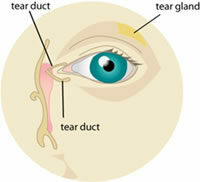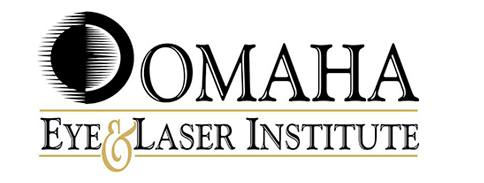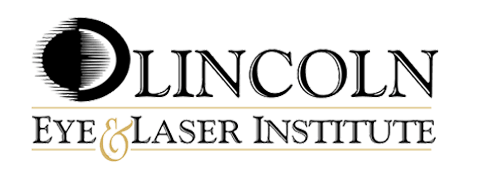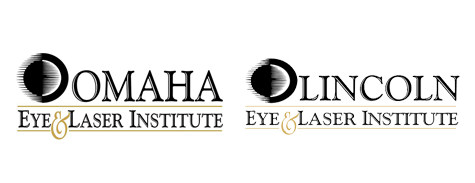 Do you have dry eyes? Up to 12 million Americans suffer from a disease called dry eye syndrome. People with dry eyes frequently experience burning and stinging of their eyes, their eyes often feel sticky, and their eyes are often red. Some people with dry eyes also have periods when their eyes get so watery that tears spill over their eyelids and run down their cheeks.
Do you have dry eyes? Up to 12 million Americans suffer from a disease called dry eye syndrome. People with dry eyes frequently experience burning and stinging of their eyes, their eyes often feel sticky, and their eyes are often red. Some people with dry eyes also have periods when their eyes get so watery that tears spill over their eyelids and run down their cheeks.
Your eyes normally make small amounts of tears all day long. Tears play several important roles in keeping your eyes healthy and your vision clear. Tears lubricate the eye’s surface, wash away debris, and provide a smooth surface to help keep your vision clear. They also contain natural antibiotics that keep your eyes safe from germs that might cause infections.
Tears coat the eye in a smooth film made up of three separate layers. The layer of tears closest to the front surface of the eye is called the mucin layer. Its job is to smooth out the uneven spots on the eye surface. Next, a layer of aqueous tears covers the mucin layer. The aqueous layer is watery and makes up the majority of the tear film. Its job is to lubricate the eye and keep it moist. The final layer of the tear film is an oily layer called the lipid layer. This is the outermost layer, and its job is to cover the aqueous layer and prevent it from evaporating.
Each layer of the tear film is made by a different part of the eye. The mucin layer is made by the eye surface itself. The aqueous layer is made by a tear gland tucked under the upper eyelid, and the lipid layer is made by small glands in the eyelids. For the tear film to do its job, all three layers have to be in their proper places in the correct amounts, like a recipe. If any layer is missing or abnormal (which can happen for a number of reasons) the tear film becomes disorganized and no longer soothes the eye as it should.
When that happens, the symptoms of dry eye syndrome occur. The front surface of the eye gets dried out causing stickiness and gets inflamed causing stinging and burning. Once it gets inflamed, the eye ignores the proper tear film recipe and starts making large quantities of the aqueous layer in an effort to soothe itself. These bad tears don’t soothe the eye at all—they just run down your face, washing away the mucin and lipid layers as well. This makes the eye even more irritated, so it makes even more bad tears, and the cycle continues.
For some people, the stinging, burning, redness and watering may seem like little more than a nuisance, but in fact, if left untreated, dry eye syndrome can lead to serious eye problems including blindness. Dry eyes are inflamed eyes. Inflammation of the front surface of the eye increases the risk of some infections and can lead to scarring. Once scarring occurs, there is a risk of permanent loss of sight.
If you have symptoms of dry eye syndrome, ask your doctor for a dry eye evaluation. Treatments are available to halt the disease and save your sight. Are you seeking an Omaha dry eye specialist? If so please feel free to contact us for a professional dry eye diagnosis. Our dry eye doctors in Nebraska are conveniently located throughout the state. We pride ourselves in offering various treatment options to help solve and relieve dry eye syndrome. Our Omaha dry eye center of excellence is here to help you with this frustrating eye condition.
Causes & Symptoms of Dry Eye Syndrome
- Burning sensation in the eyes
- Scratchiness or itchiness in the eye
- Stingy mucus-like secretion
- Feeling something in the eye
- Decreased vision, usually mild to moderate
- Tiredness of eyes
- Light sensitivity
- Contact lens intolerance
- Blurred vision





